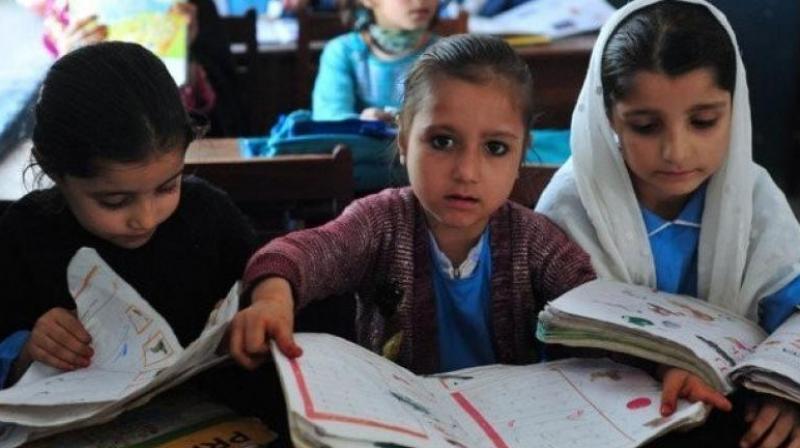#100 in hunger index is a real shame for India
The arguments over subsidies may continue and some of them may have found an answer in direct benefit transfers.

India has fared so poorly in the Global Hunger Index that it should serve as a wakeup call for policymakers. Far from making progress somewhat commensurate with the rate of GDP growth over the past 17 years in the new millennium, India has been sliding in the index. The latest report shows India has slipped three more places and ranks among the lowest of the low, joining Djibouti and Rwanda in the 100th slot among 119 nations, rubbing shoulders with sub-Saharan African nations that don’t have the means to do better. The annual survey by the International Food Policy Research Institute, Irish aid agency Concern Worldwide and German private aid organisation Welthungerhilfe, bases its research on five parameters, of which India fares badly in children’s weight as measured against their height, in effect, malnourishment.
India may have the most widespread school meal system wherein the poorest of the poor may at least send their children so they don’t go hungry, assured of one meal in the day. Yet over 20 per cent of our children are found suffering from the weight-to-height ratio, known as “wasting”, that means that we haven’t addressed this problem of reaching a nutritious meal to children. Stagnation on this index shows that a complex problem remains despite boasting, again, of the most widespread merited subsidies in grains and provisions to those living below the poverty line. Here too, the BPL classification, a minimalist index of money for essentials in the hands of poor families, is under fire. Imagine the nutrients one can get to nourish children when the BPL line is set at Rs 32 per day of purchasing power parity for rural India and Rs 47 for urban families.
The problem of numbers may be self-defeating given the Indian scale, although that argument too is beaten if we compare ourselves to China. The greatest stumbling block, of course, is possibly in getting the subsidies through to the deserving, an area where Rajiv Gandhi’s comment on how much of a subsidy rupee reaches the poor — which he said was around 16 paise — still stings. The arguments over subsidies may continue and some of them may have found an answer in direct benefit transfers. The point is nutrition goes way beyond subsidies. We must spend far more in keeping with our national wealth towards the health of women and children, of increasing the awareness in mothers who play the key role in raising children when they are very young and children’s education, with which greater awareness of nutrition and health issues will naturally follow. Wallowing at the bottom of the hunger index is unbecoming of one of the fastest growing economies in the world.

